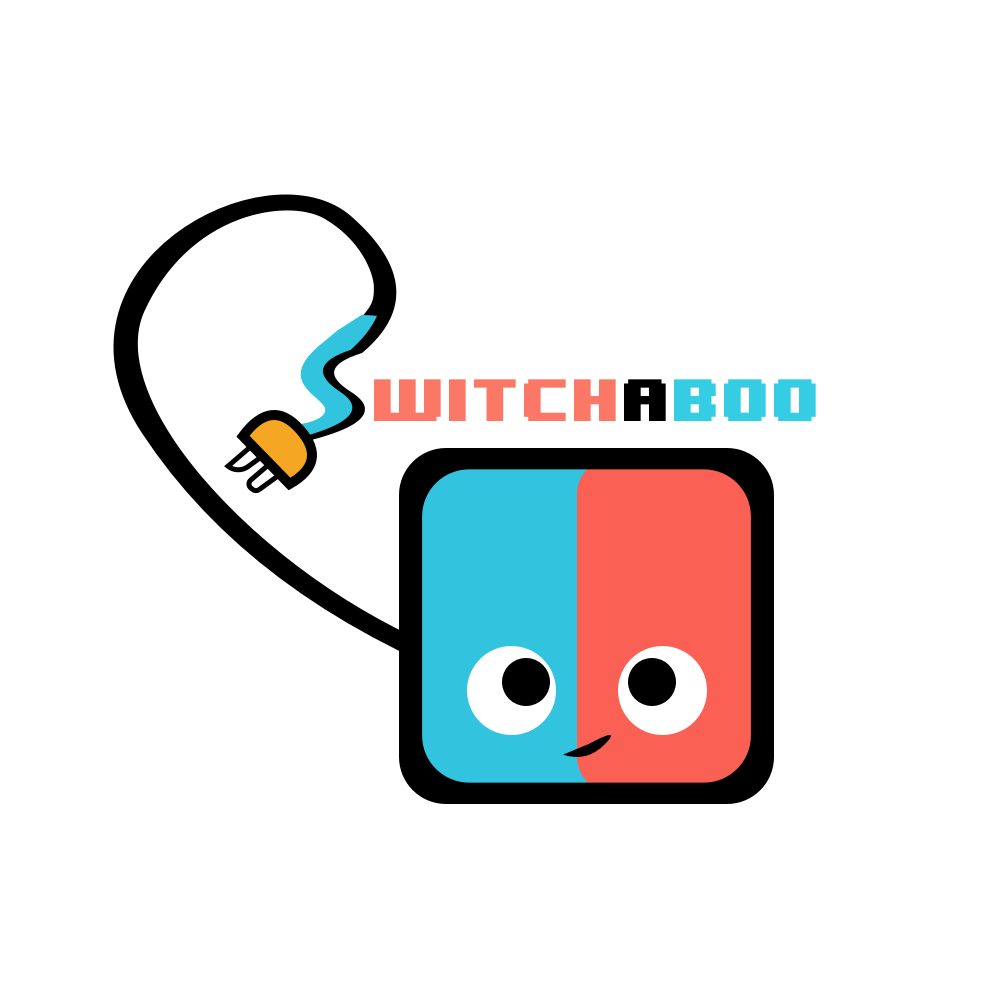Signs of the Sojourner - Switch Review

The caravan is about to leave. Your truck is packed; the world beckons you to travel. There are plenty of people to meet and trade with and your store needs stocking. Signs of the Sojourner is a casual narrative-focused role-playing game in which you embark on a series of journeys through the country, visiting several cities and meeting with a varied cast of characters as you forge friendships, trade goods, and try to keep travelers and income flowing into your small hometown. The people you meet along the way will range from welcoming to defensive, pleasant to eccentric, and you won’t be able to please everybody. You can hear the hum of the road under your tires in your dreams, it’s time to leave once more.
Gameplay
Signs of the Sojourner has many stories to tell, however its gameplay is wonderfully integrated within its tales. The main focus of the gameplay is a card game that you play with the conversational partner and while when viewed on the surface it seems simple, when you study further, this card game has a great deal of depth to it. Each card has symbols on each edge which represent the type of approach you take to your response during the conversation. An orange circle represents empathetic and observant, a green circle represents logical and diplomatic, a blue diamond represents creative and industrious, a purple square represents direct and forceful and a pink spiral represents disinterested and grieving. When a card is played, the left side symbol on the next card to be played needs to match the right side symbol on the previous card and when a chain of matched cards is made, a positive interaction happens and the conversation continues. When you play a card with a symbol that doesn’t match the previous card’s, a negative interaction happens and the conversation continues. Each conversation has a certain number of positive and negative interaction points, used when one of the respective results occur and the conversation ends when one of those pools of points are expended.
When starting, you only have access to orange circles and green triangles. However as you travel further from your home, people will start to have decks with symbols you do not have, representing the difference in cultures and ways of life separate from yours. After each conversation, no matter the result, you will be forced to replace a card from your deck with a card from theirs, allowing you to more easily communicate with the people you couldn’t have a good conversation with earlier. However, doing this makes it harder to talk with the friends you’ve made closer to home. This causes you to have difficulty keeping consistent positive conversations throughout the game if you played it like I did, where I wanted to speak with everybody every time I left home.

